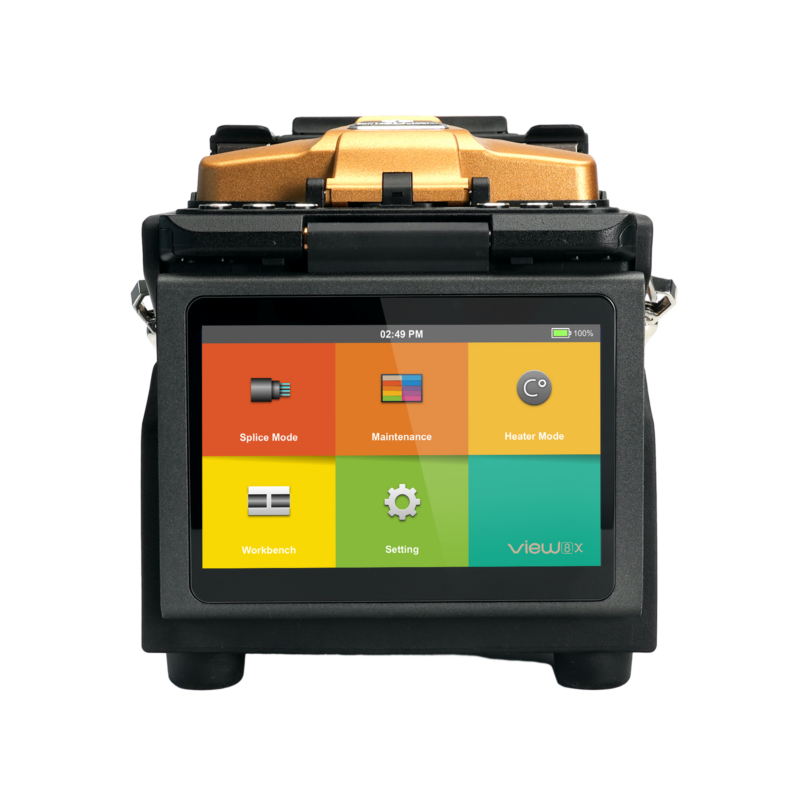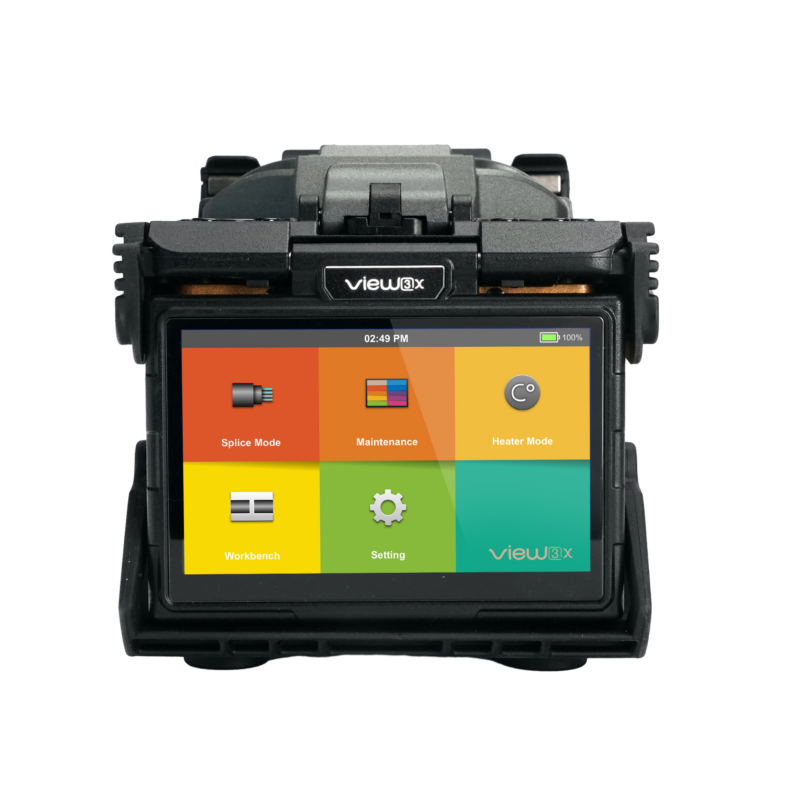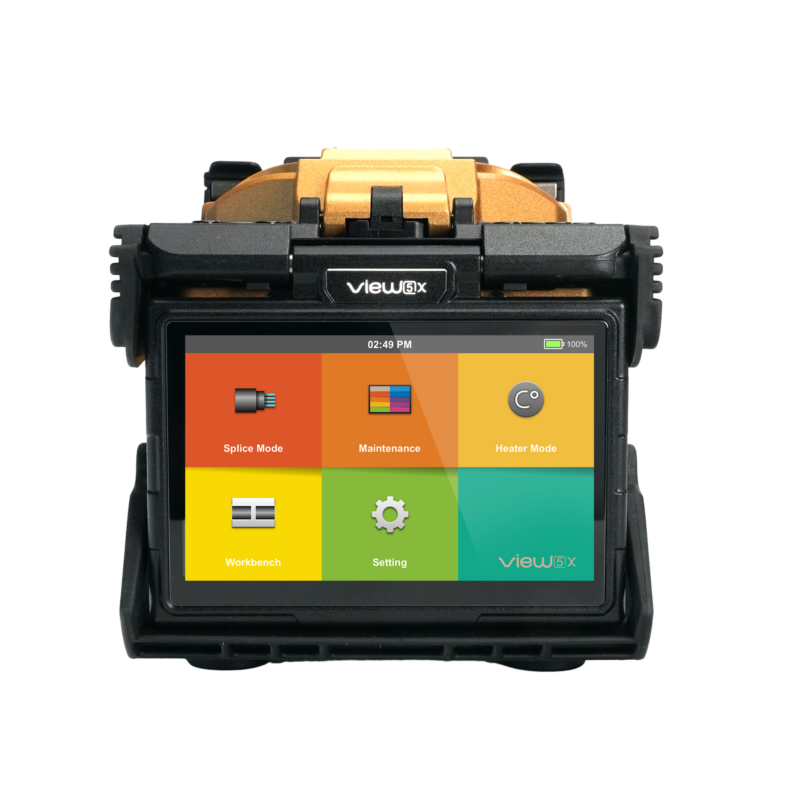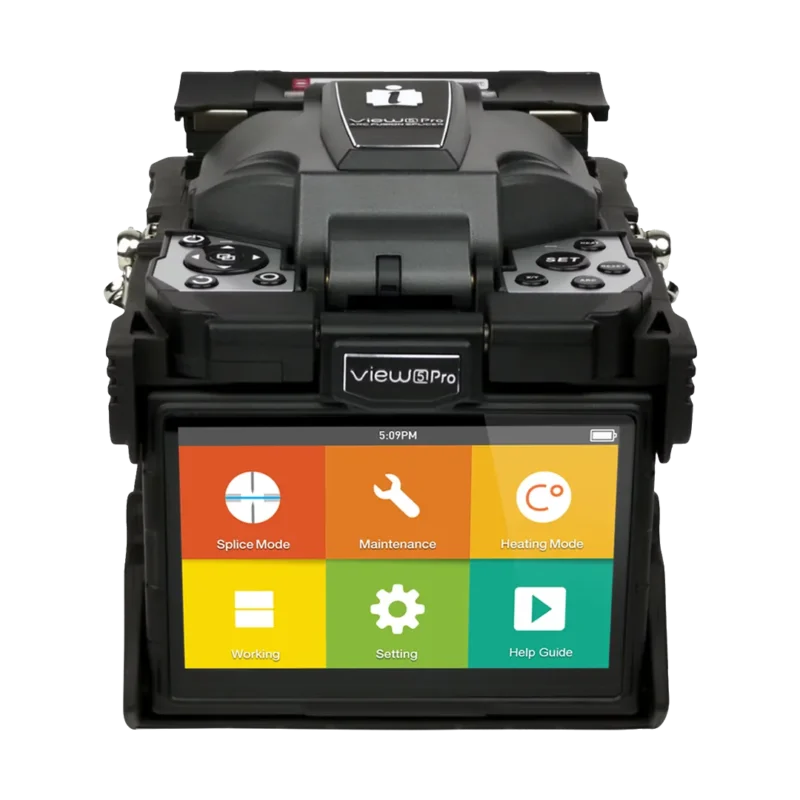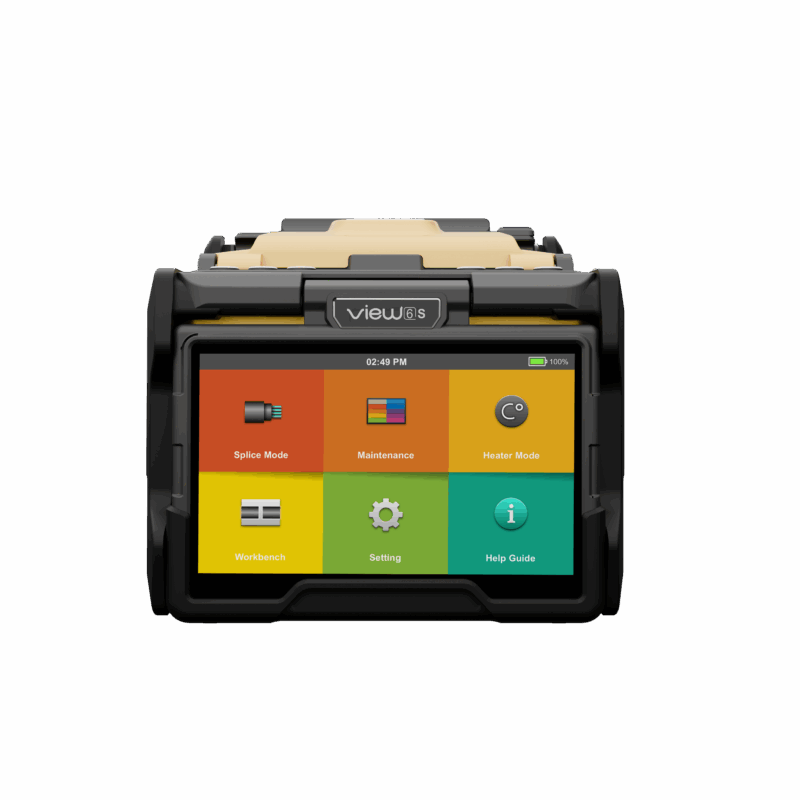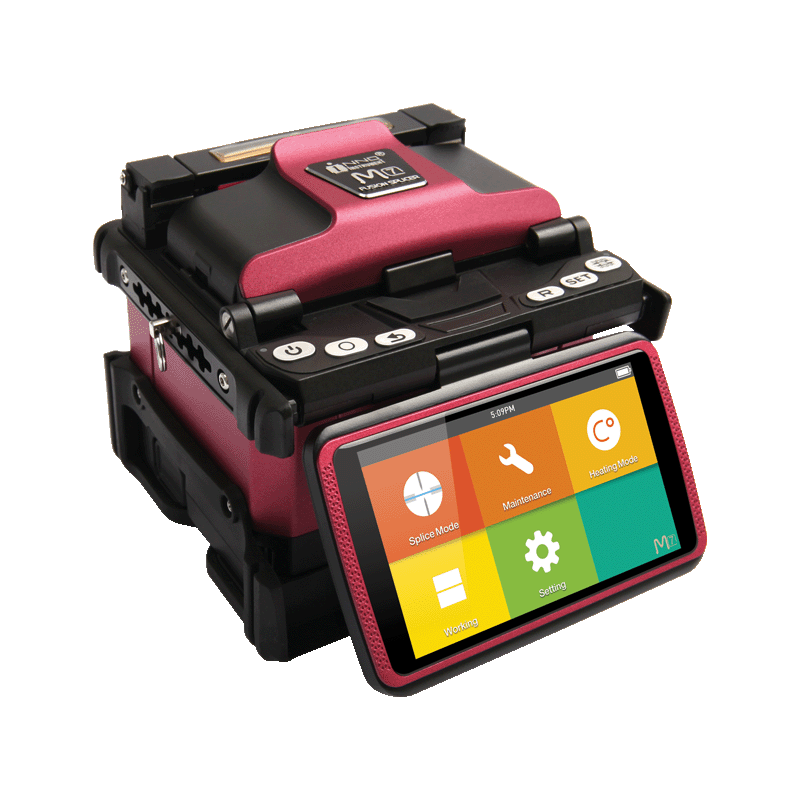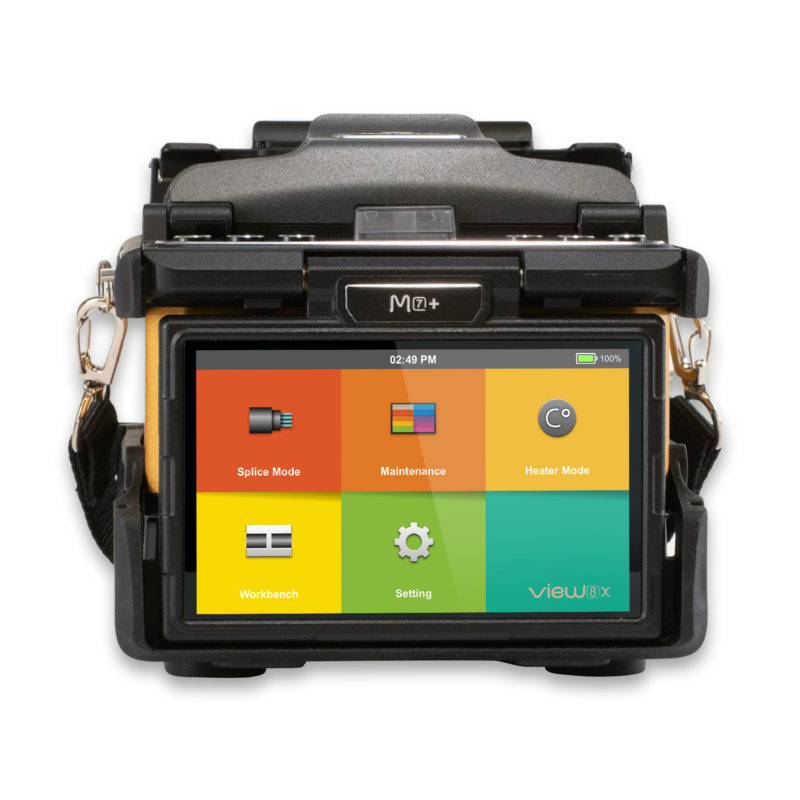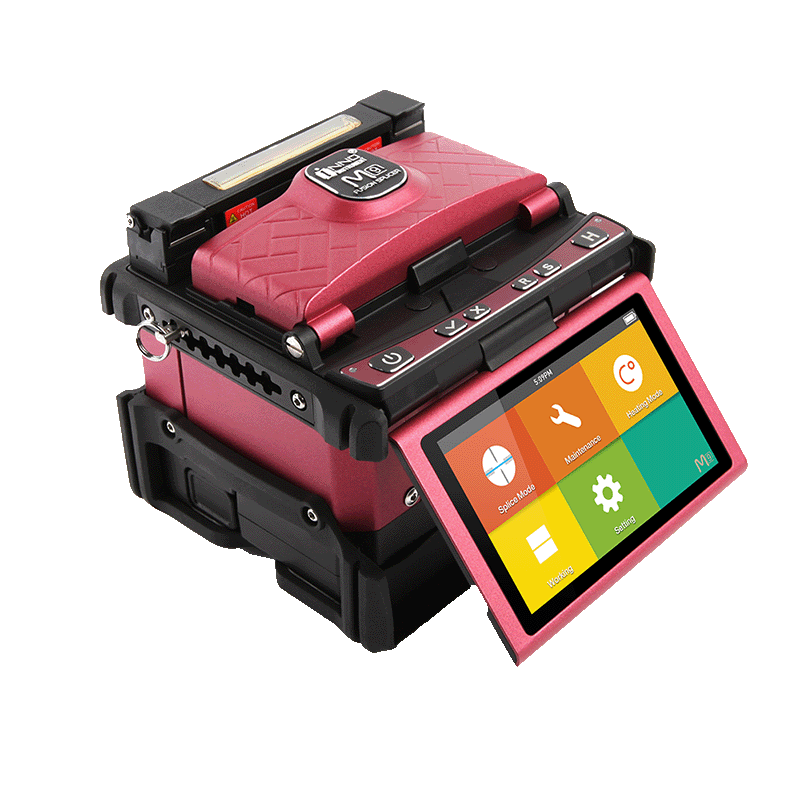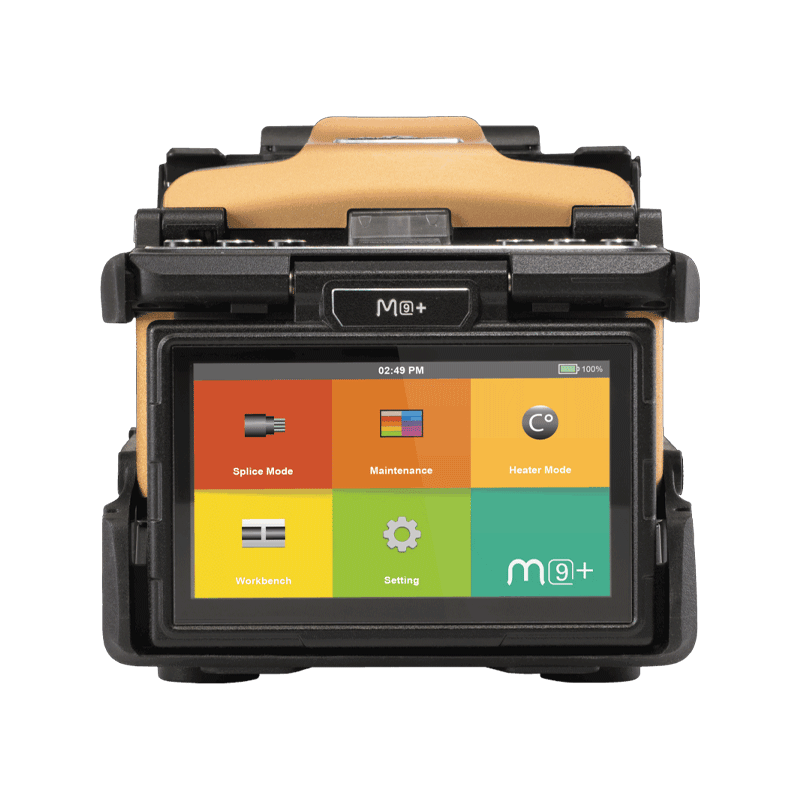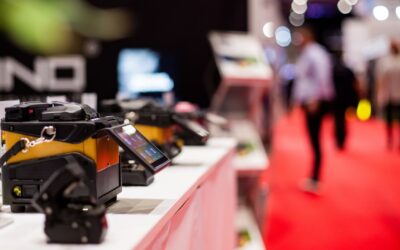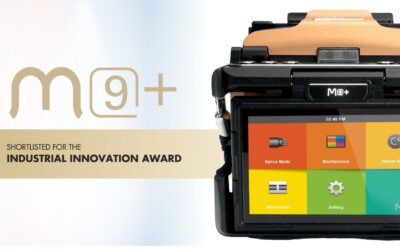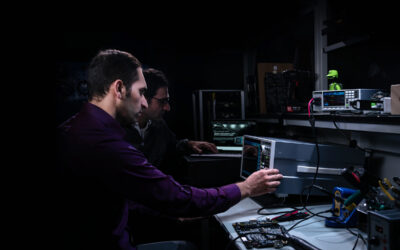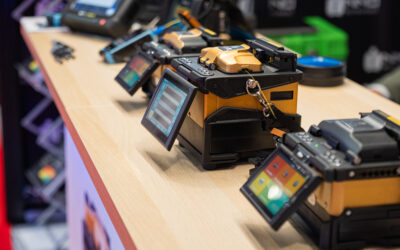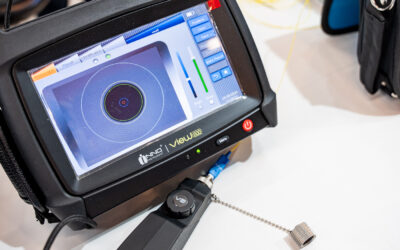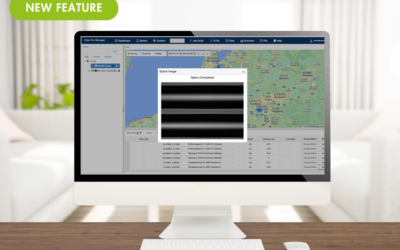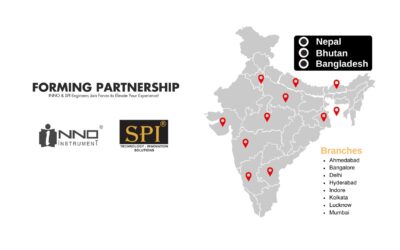Battery life is a critical factor for fiber optic technicians, especially during fieldwork where access to power sources may be limited. A fully charged battery ensures that technicians can complete their splicing tasks without interruptions, reducing downtime and increasing efficiency. At INNO Instrument, we design our fusion splicers with various battery capacities to meet the diverse needs of fiber optic professionals. Whether you’re working on long-haul fiber installations, FTTH deployments, or quick network repairs, choosing the right battery can significantly impact your workflow.
Understanding how long your fusion splicer can operate on a full battery charge is essential for planning work efficiently. Battery runtime varies based on the model, usage intensity, and environmental conditions. In this guide, we will explore the different battery capacities available in INNO fusion splicers, factors affecting battery life, best practices for extending battery lifespan, and how to manage battery performance effectively using View Pro Manager.
Battery Capacities and Runtime in Fusion Splicers
Different projects require different battery capacities. Large-scale installations demand extended operation times, while smaller jobs require lightweight and portable solutions. INNO Instrument offers fusion splicers with a range of battery capacities, allowing technicians to choose the best fit for their needs.
Fusion splicers with high-capacity 9000 mAh batteries are designed for technicians who need to complete long-duration tasks without stopping to recharge. These batteries can support up to 500 splicing cycles per full charge, making them ideal for major fiber network deployments. In contrast, compact 3000 mAh batteries provide around 200 splicing cycles, making them perfect for short FTTH installations where portability is a priority.
For those who need a balance between capacity and convenience, mid-range battery options such as 5200 mAh and 7000 mAh are available. A 5200 mAh battery provides up to 300 splicing cycles, while a 7000 mAh battery allows for around 350 cycles per charge. These options are particularly useful for technicians who handle a mix of large and small installations, ensuring they can work efficiently without carrying excessive weight.
High-Capacity Batteries – 9000 mAh
For technicians working on large-scale fiber deployments, such as long-haul fiber installations and enterprise network setups, we provide 9000 mAh high-capacity batteries.
Battery Life:
- Up to 500 splicing cycles (splicing + heating) per full charge.
Ideal For:
- Large-scale fiber installation projects.
- ️Environments where charging opportunities are limited.
- Emergency restoration teams that require long-lasting battery performance.
Example: A technician working on a fiber backbone network across a city can complete a full shift without worrying about battery depletion.
Mid-Range Batteries – 5200 mAh & 7000 mAh
For technicians requiring a balance between portability and runtime, we offer 5200 mAh and 7000 mAh battery options.
- 5200 mAh Battery – up to 300 splicing cycles per charge.
- 7000 mAh Battery – up to 350 splicing cycles per charge.
Ideal For:
- Medium-sized fiber installation projects.
- Technicians who need both portability and extended runtime.
- A mix of short and long-distance fiber deployments.
Example: A technician handling corporate fiber installations and local network extensions benefits from a versatile battery setup.
Compact Batteries – 3000 mAh
For smaller projects, such as FTTH (Fiber to the Home) installations, our M Series and M+ Series fusion splicers feature 3000 mAh batteries.
Battery Life:
- Up to 200 splicing cycles per full charge.
Ideal For:
- Quick fiber installations in residential areas.
- Lightweight, portable use for field technicians.
- Short-duration projects where charging is frequently available.
Example: A field technician installing fiber optics in single-family homes can efficiently complete multiple houses before recharging.
What Affects Battery Life?
Even though battery capacities are rated for a specific number of splicing cycles, actual performance may vary depending on several key factors. One of the most important considerations is usage patterns. Frequent splicing and heating cycles drain the battery more quickly, so technicians working continuously may experience shorter runtimes than those performing occasional splices throughout the day.
Environmental conditions also play a significant role in battery efficiency. Batteries tend to discharge more quickly in extreme temperatures. Cold environments slow down chemical reactions within the battery, leading to reduced power output, while excessive heat can cause batteries to overheat and degrade faster. To maximize battery life, technicians should store and operate fusion splicers within a moderate temperature range and avoid exposing them to direct sunlight or freezing conditions for extended periods.
Maintenance and charging practices also impact battery longevity. Regular charging and proper handling can extend the life of a battery, while poor habits like letting the battery fully discharge before recharging can shorten its lifespan. Additionally, using non-original chargers or overcharging the battery can lead to overheating, reduced efficiency, and even permanent damage. It is always recommended to use INNO-approved chargers and follow manufacturer guidelines for charging cycles.
Charging While Operating – A Key Advantage
A major advantage of INNO fusion splicers is their ability to operate while charging. This feature is particularly useful for technicians working on time-sensitive projects where interruptions due to a low battery are not an option. Unlike traditional devices that need to be powered down during charging, INNO fusion splicers allow users to continue working while the battery is plugged in, ensuring smooth and uninterrupted operations.
This capability is invaluable in emergency repair scenarios, where technicians may need to restore connectivity as quickly as possible. If the battery level is low, they can simply plug in the fusion splicer to an external power source and keep working without waiting for a full recharge.
For those working in challenging environments, this feature provides much-needed flexibility and allows technicians to meet tight deadlines without worrying about battery limitations.
Battery Management with View Pro Manager
Managing battery life effectively is crucial, especially for teams using multiple fusion splicers across different job sites. To make this process easier, INNO Instrument offers View Pro Manager, a remote monitoring solution that helps technicians track and manage battery performance in real time.
With View Pro Manager, supervisors can monitor battery levels across all connected devices, ensuring that each technician is equipped with a fully charged fusion splicer before heading to a job site. This feature helps reduce the risk of unexpected power failures, which can cause project delays and increase costs. By setting up automated reminders, teams can ensure that batteries are charged on time and prevent unnecessary downtime.
Another benefit of View Pro Manager is its ability to analyze battery health and performance over time. By tracking charging patterns and identifying underperforming batteries, companies can schedule replacements before failures occur. This proactive approach improves overall efficiency and helps organizations optimize their equipment investments.
Choosing the Right Battery for Your Work
Selecting the appropriate battery capacity for a fusion splicer depends on the nature of the job and how frequently the device is used. For large-scale fiber installations, a high-capacity 9000 mAh battery is the best choice, as it allows for long hours of uninterrupted work without requiring frequent recharging.
For technicians handling a mix of corporate fiber installations and local network expansions, mid-range batteries of 5200 mAh or 7000 mAh provide the flexibility needed to adapt to different workloads. These batteries strike a balance between runtime and portability, ensuring efficiency without adding unnecessary bulk to the equipment.
On the other hand, for quick FTTH installations, a 3000 mAh battery is ideal. It is lightweight and compact, making it easy to carry around, especially for technicians who frequently move between different sites. Even though it has a lower capacity, its efficiency is sufficient for small projects that require fewer splicing cycles.
Choosing the right battery ensures that technicians can work without interruptions, maximize efficiency, and minimize the need for recharges throughout the day.
Best Practices for Extending Battery Life
To get the most out of a fusion splicer battery, proper care and maintenance are essential. One of the most important habits is to charge the battery before it is fully drained. Allowing a battery to reach 0% before recharging can shorten its lifespan significantly. Instead, it is recommended to start recharging when the battery level drops to 20–30%.
Storage conditions also play a crucial role in battery longevity. Batteries should be kept in a cool, dry place, away from direct sunlight or extreme cold. If a fusion splicer will not be used for an extended period, the battery should be partially charged (around 50%) before storage to prevent deep discharge, which can damage the battery cells.
Additionally, it is important to clean battery contacts regularly to maintain a strong connection. Dust, dirt, and corrosion can interfere with the battery’s ability to supply power efficiently. Routine maintenance ensures that the device performs optimally and extends battery life.
Battery performance is a crucial aspect of fusion splicing, impacting efficiency and productivity in the field. By understanding the different battery capacities available in INNO fusion splicers and how to manage them effectively, technicians can make informed decisions that enhance their workflow.
For large-scale fiber deployments, a 9000 mAh battery provides long-lasting power, while for quick FTTH installations, a 3000 mAh battery offers lightweight portability. Mid-range options, such as 5200 mAh and 7000 mAh batteries, provide a balance between runtime and convenience.
By adopting good charging habits, using View Pro Manager for monitoring, and following maintenance best practices, technicians can extend battery life and reduce downtime. For more information on battery specifications and fusion splicer models, visit our product page and ensure your devices are always ready for peak performance.
